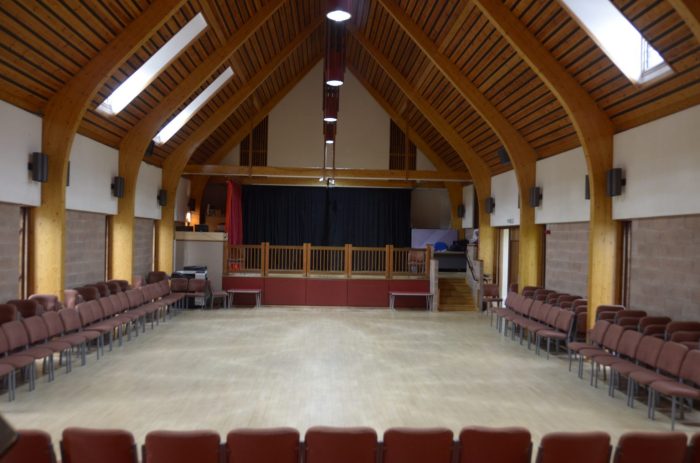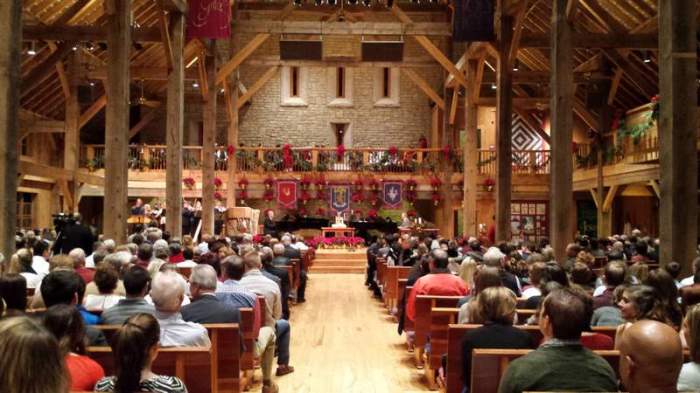The title group that often holds religious services in barns has a long and fascinating history. Barns have served as a place of worship for various religious groups, providing a unique and meaningful setting for spiritual gatherings. This article explores the historical context, modern practices, architectural features, community impact, and cultural significance of barns as sacred spaces for religious services.
In rural communities, barns have traditionally played a central role in the social and religious life of the people. They have been used for a variety of purposes, including agricultural activities, community gatherings, and religious services. The large, open space of a barn provides an ideal setting for religious services, offering a sense of community and connection among the worshippers.
Historical Context

The practice of holding religious services in barns has a long and rich history. Barns have played a central role in rural communities for centuries, serving as gathering places for both work and social events. In many rural areas, the barn was the largest and most versatile building available, making it an ideal location for religious services.
One of the earliest examples of barn services in the United States can be traced back to the Great Awakening, a religious revival movement that swept across the American colonies in the 18th century. During this period, itinerant preachers would often hold services in barns, as they could accommodate large crowds and were located in convenient locations for rural residents.
Modern Practices
Today, barn services continue to be held in many rural communities across the United States. A variety of different religious groups use barns for worship, including Amish, Mennonite, and Pentecostal congregations.
There are several reasons why groups choose to use barns for worship. For some, barns provide a sense of community and connection to the land. For others, the simplicity and rustic nature of barns creates an atmosphere that is conducive to worship.
Architectural Features, Group that often holds religious services in barns
The design and structure of barns can influence the religious experience in several ways. The large, open spaces of barns allow for large gatherings and create a sense of community. The high ceilings and exposed beams can create a sense of awe and wonder, while the natural light that floods in through the windows can create a sense of peace and tranquility.
Some barns have been specifically designed or adapted for religious use. For example, some barns have been built with raised platforms or stages for the pulpit and choir. Others have been equipped with sound systems and other amenities to accommodate modern worship services.
Community Impact
Barn services can have a significant impact on the local community. They can provide a sense of belonging and connection for rural residents, and they can help to foster a sense of community identity.
In some cases, barn services can also be a source of controversy. For example, some neighbors have complained about the noise and traffic generated by barn services. Others have raised concerns about the safety of holding large gatherings in barns.
Cultural Significance
Barn services are a unique and important part of American culture. They reflect the values and beliefs of rural communities, and they provide a sense of continuity with the past.
Barn services are also a reminder of the importance of community and connection. In a world that is increasingly fragmented, barn services offer a place where people can come together to worship, share their faith, and build relationships.
Expert Answers: Group That Often Holds Religious Services In Barns
What are the origins of groups holding religious services in barns?
The origins of groups holding religious services in barns can be traced back to the early days of Christianity. In rural areas, barns were often the only large enough space to accommodate large gatherings of people for worship. This practice continued in many parts of the world, especially in North America, where barns have been used for religious services for centuries.
What are some of the reasons why groups choose to use barns for worship?
There are many reasons why groups choose to use barns for worship. Some groups appreciate the rustic andシンプルな雰囲気 of barns, which they believe creates a more intimate and meaningful setting for worship. Others are drawn to the historical significance of barns, which have been used for religious services for centuries.
Still others find that the large, open space of a barn provides an ideal setting for their particular style of worship.
What are some of the challenges or controversies surrounding barn services?
One of the challenges of holding religious services in barns is the lack of insulation. This can make it difficult to maintain a comfortable temperature inside the barn, especially during extreme weather conditions. Additionally, the large, open space of a barn can be difficult to control acoustically, which can make it difficult for worshippers to hear the sermon or other presentations.

